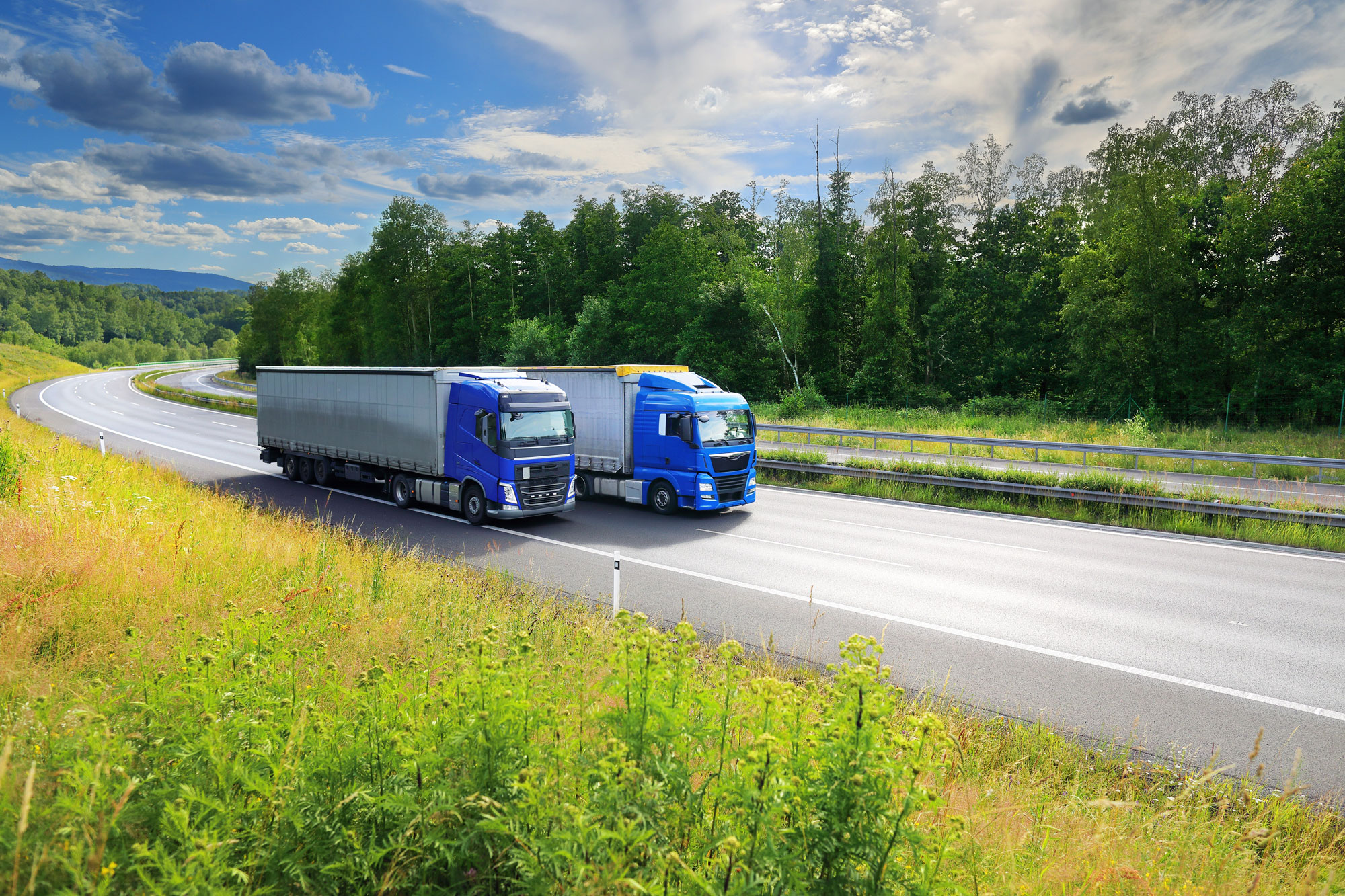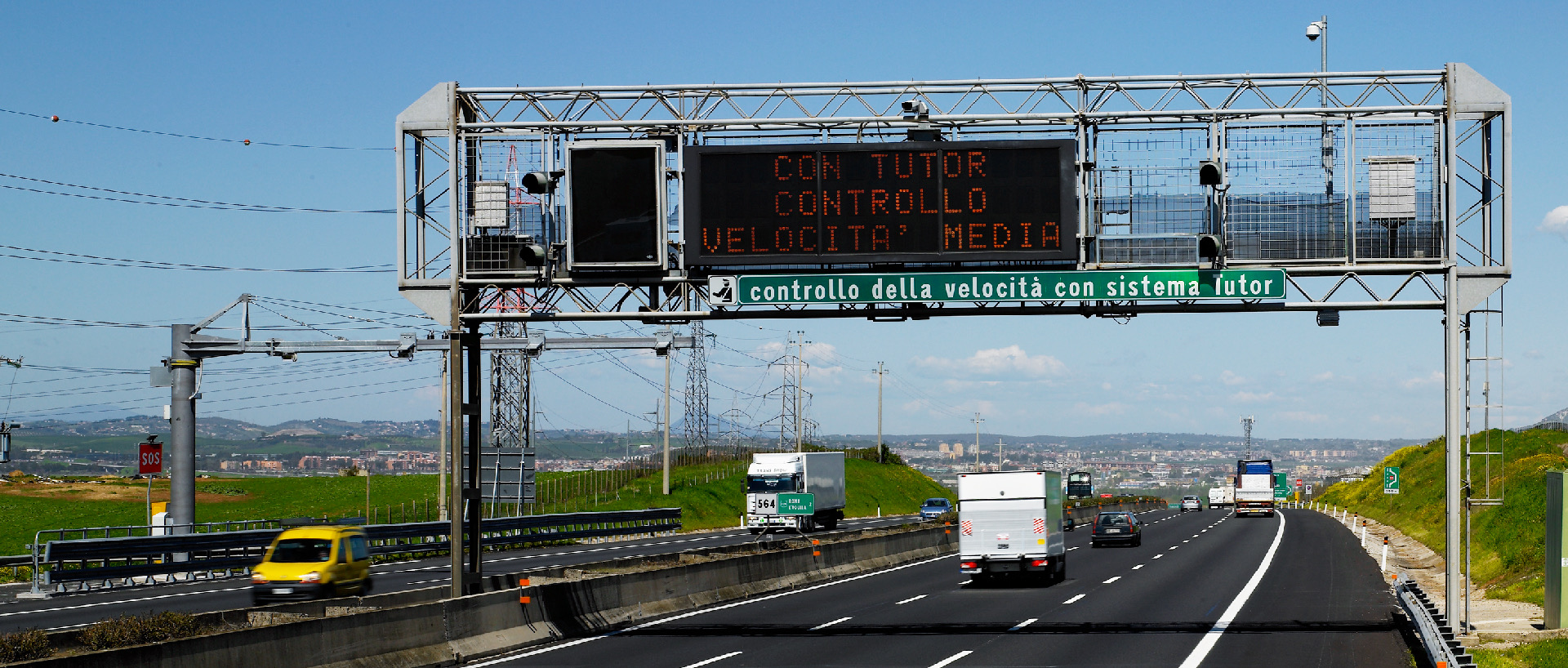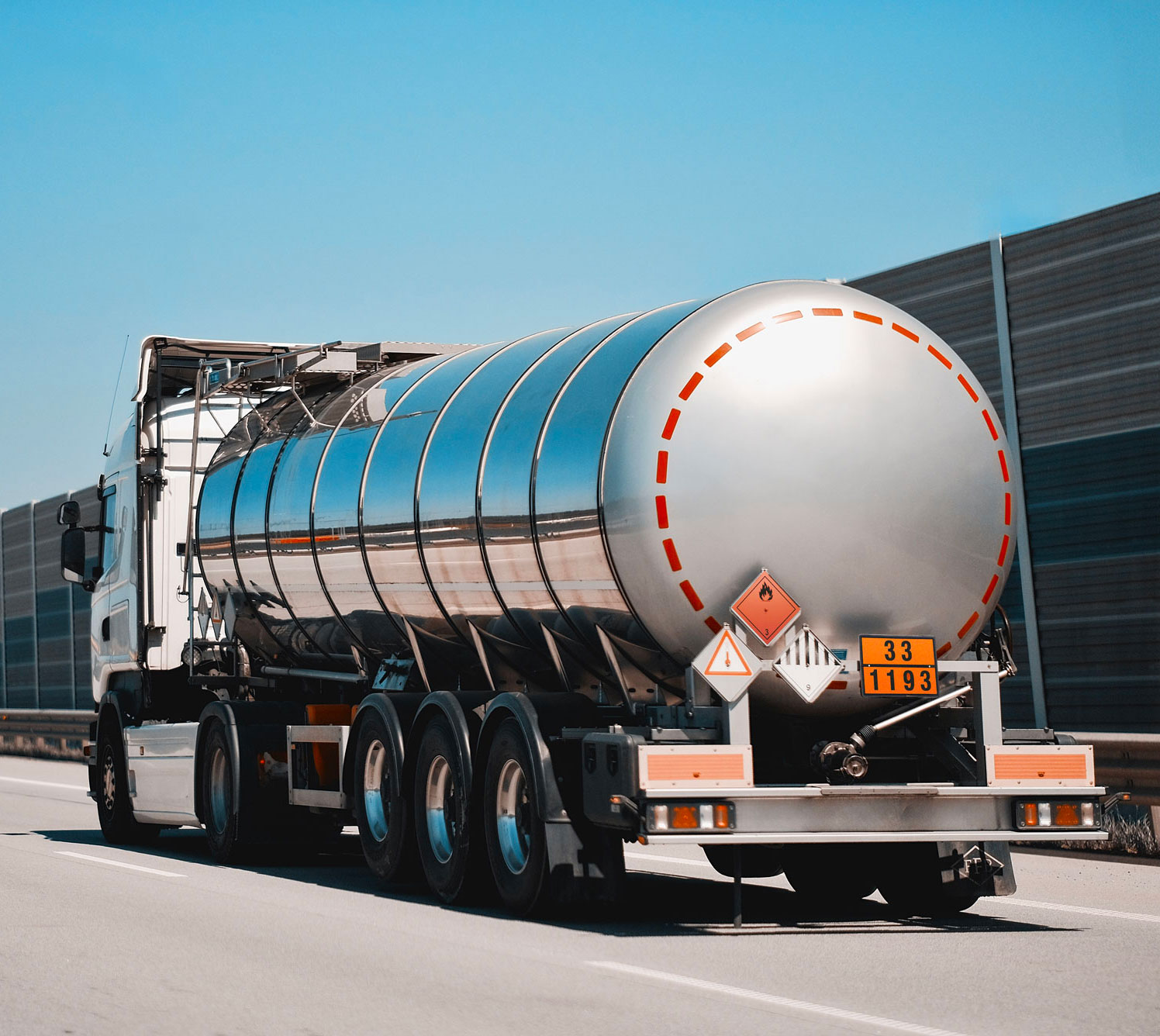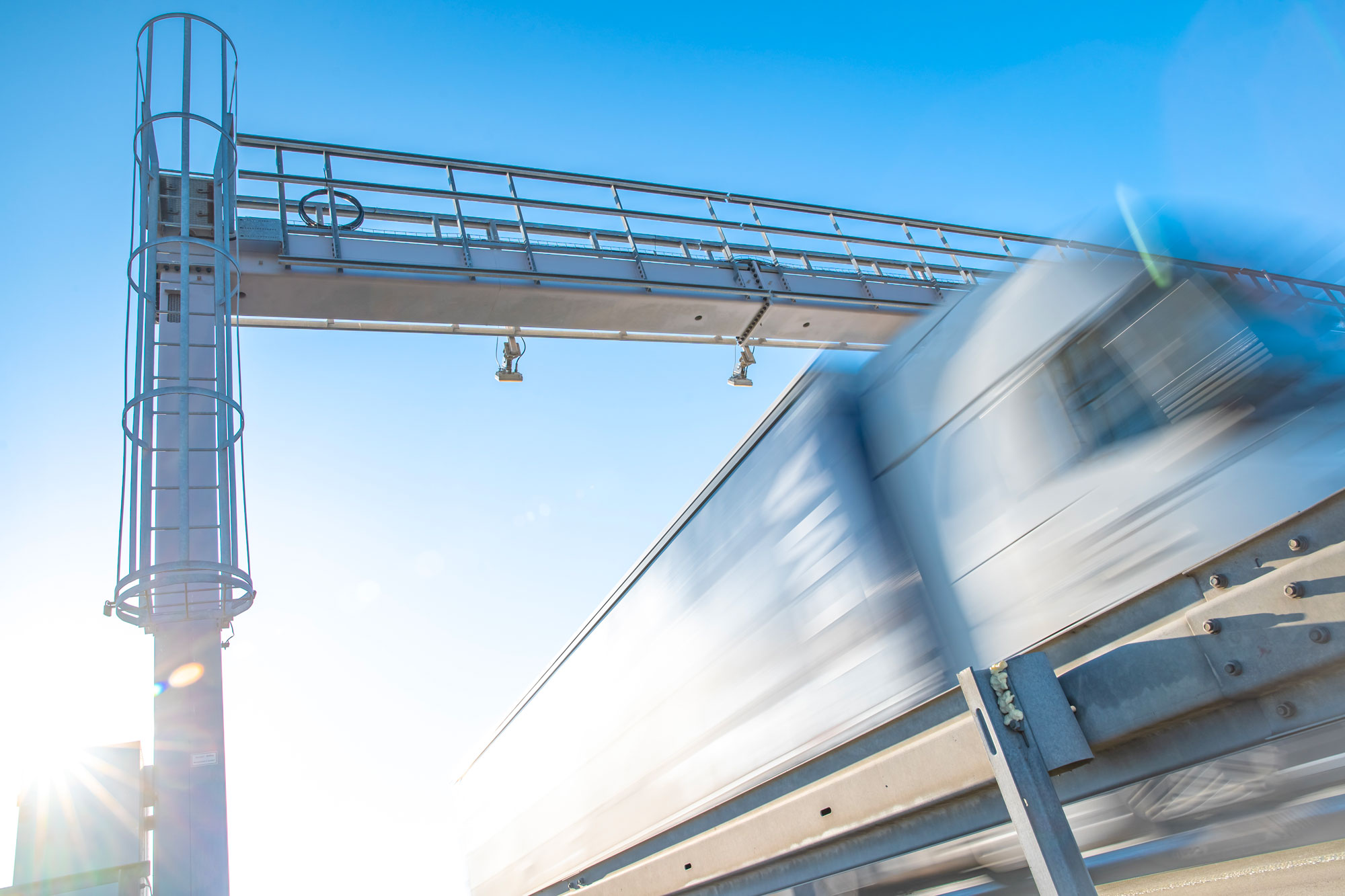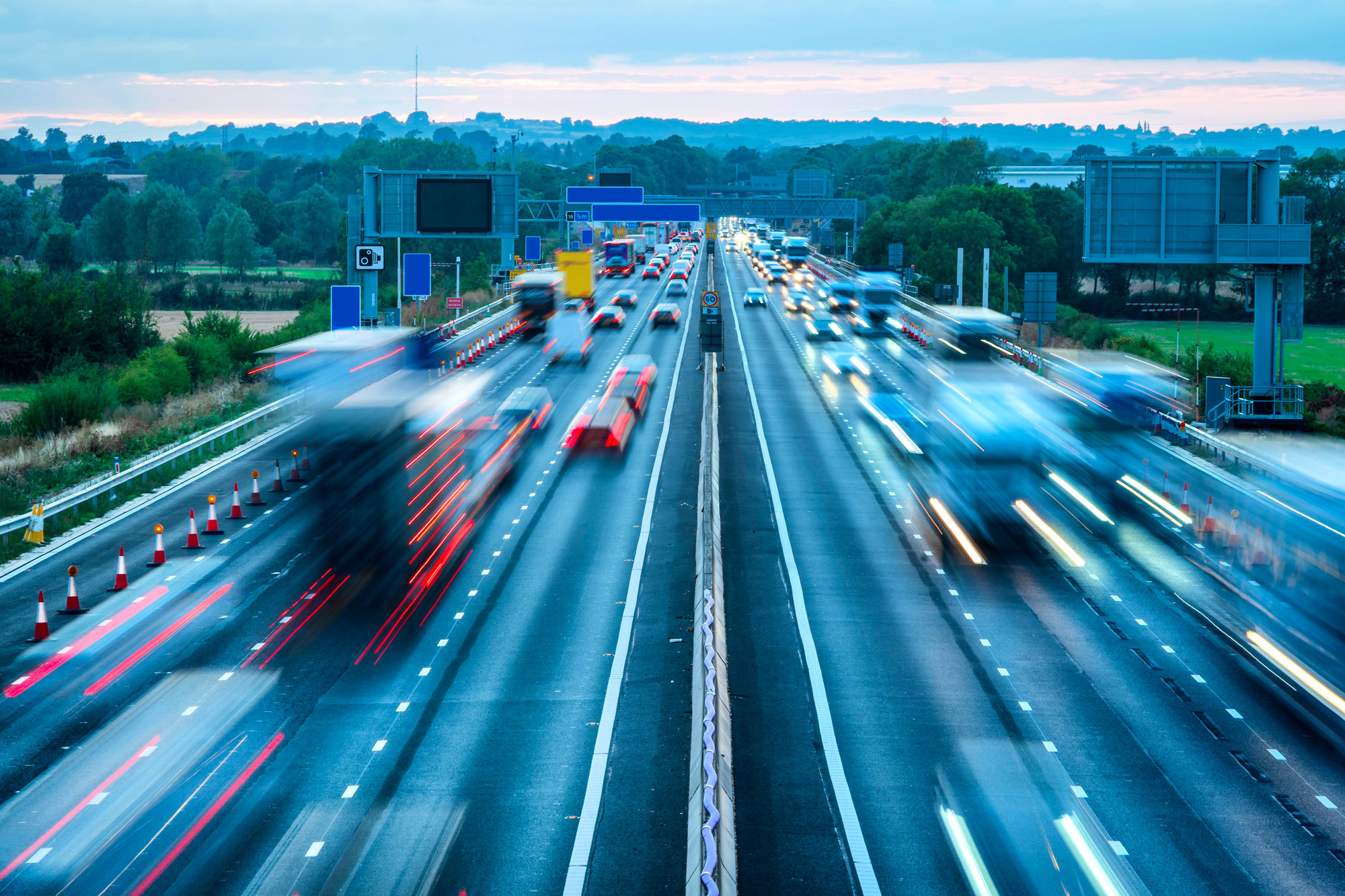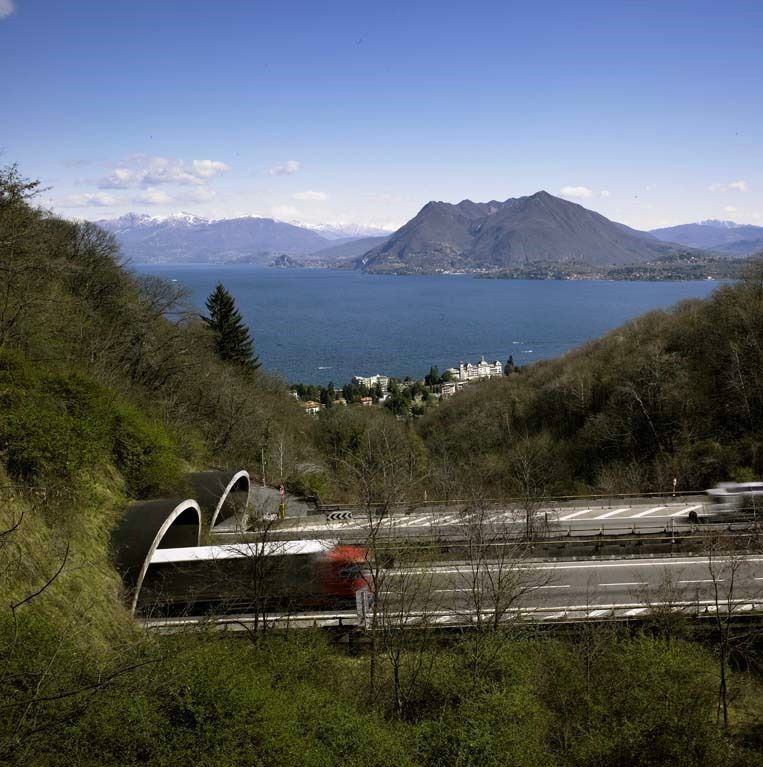
Making travel safer is a key goal for the major international institutions. It is a complex goal that cannot be achieved without the contribution of innovative technological solutions to help meet the challenges of constantly changing mobility. Road accidents have an inestimable human cost as well as a significant economic impact on society, which can be as much as one percent of GDP in the most serious cases.
It is a major problem being fought with sanctions and awareness campaigns, but that can be tackled more effectively by using integrated digital systems to make traffic management, and infrastructure monitoring and maintenance more efficient. Essentials aspects for safe mobility.
A common goal
The institutions are among the first to recognize the importance of this issue. Road safety has been included in the UN 2030 Agenda. Globally, as the United Nations points out, this is an urgent challenge, particularly in poorly industrialized parts of the world, such as Africa, where thousands of people are involved in road accidents every year, many of which could be avoided with better data access, smarter technologies and innovative solutions.
For its part, the European Union has launched the ambitious “Vision Zero” project with the aim of reaching zero deaths and serious injuries on the roads by 2050. In the medium term, through the document “EU Road Safety Policy Framework 2021-2030”, the EU has asked its member countries to intensify efforts in this direction with the aim of reducing the number of serious accident victims by 50% before the end of 2030.
This framework also includes the EU-funded Ivory project, which aims to train new researchers on applications related to artificial intelligence designed for road user assistance and infrastructure safety management.
The EU road safety strategy 2021-2030
Despite some progress made compared to the reference year 2019, the road ahead to achieve the “Vision Zero” goals still seem long. To give it a greater boost, the EU has therefore decided to form a new framework for governance and actions on infrastructure and vehicle safety. In particular, the ETSC (European Transport Safety Council) has proposed to:
- create eight new Key Performance Indicators (KPIs) for road safety, to be adapted to the progress of the various Member States;
- establish a European Road Safety Agency;
- develop new methods for monitoring and assessing national road safety strategies;
- regulate and supervise independent investigations into road accidents;
- supervise the safe introduction of automated vehicles.
The effort to improve road safety put in place by the institutions seems to be paying off. Compared to 2023, in Europe there was a drop in accidents of around 3% in 2024.
However, the various countries differ: looking at EU data on fatal accidents, the safest roads are in Sweden and Denmark, while the most dangerous are in Bulgaria and Romania. In recent years, in particular, the situation has improved in Italy, Spain and France, while it has worsened in Ireland and Bulgaria.
There is still a lot of room for improvement. Several companies are actively designing innovative solutions to make mobility easier, cities smarter, and infrastructures safer and more sustainable.
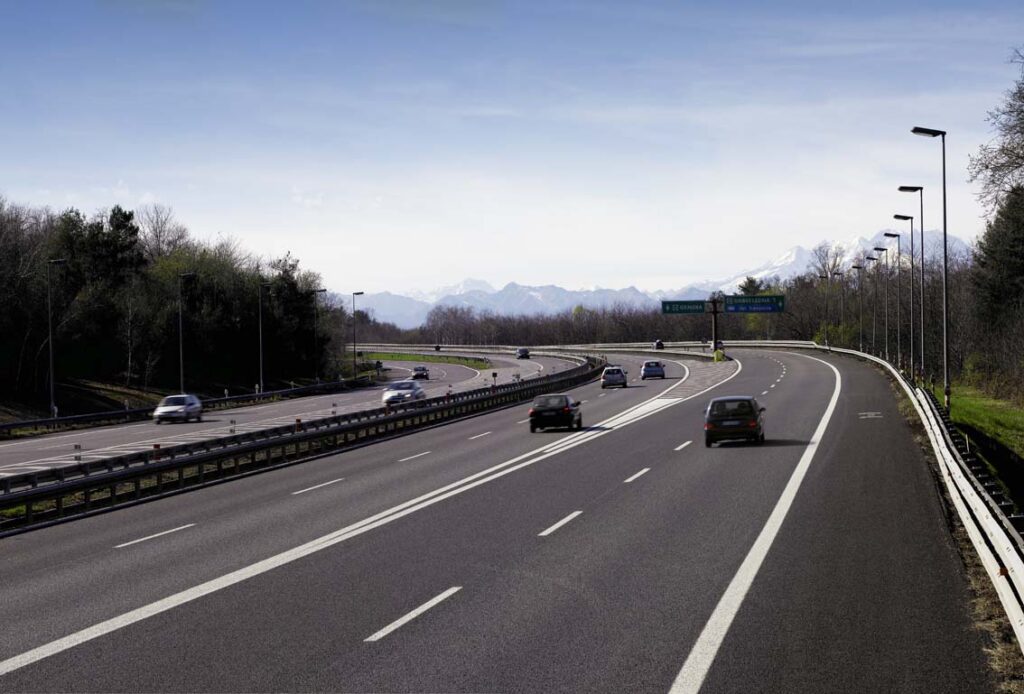
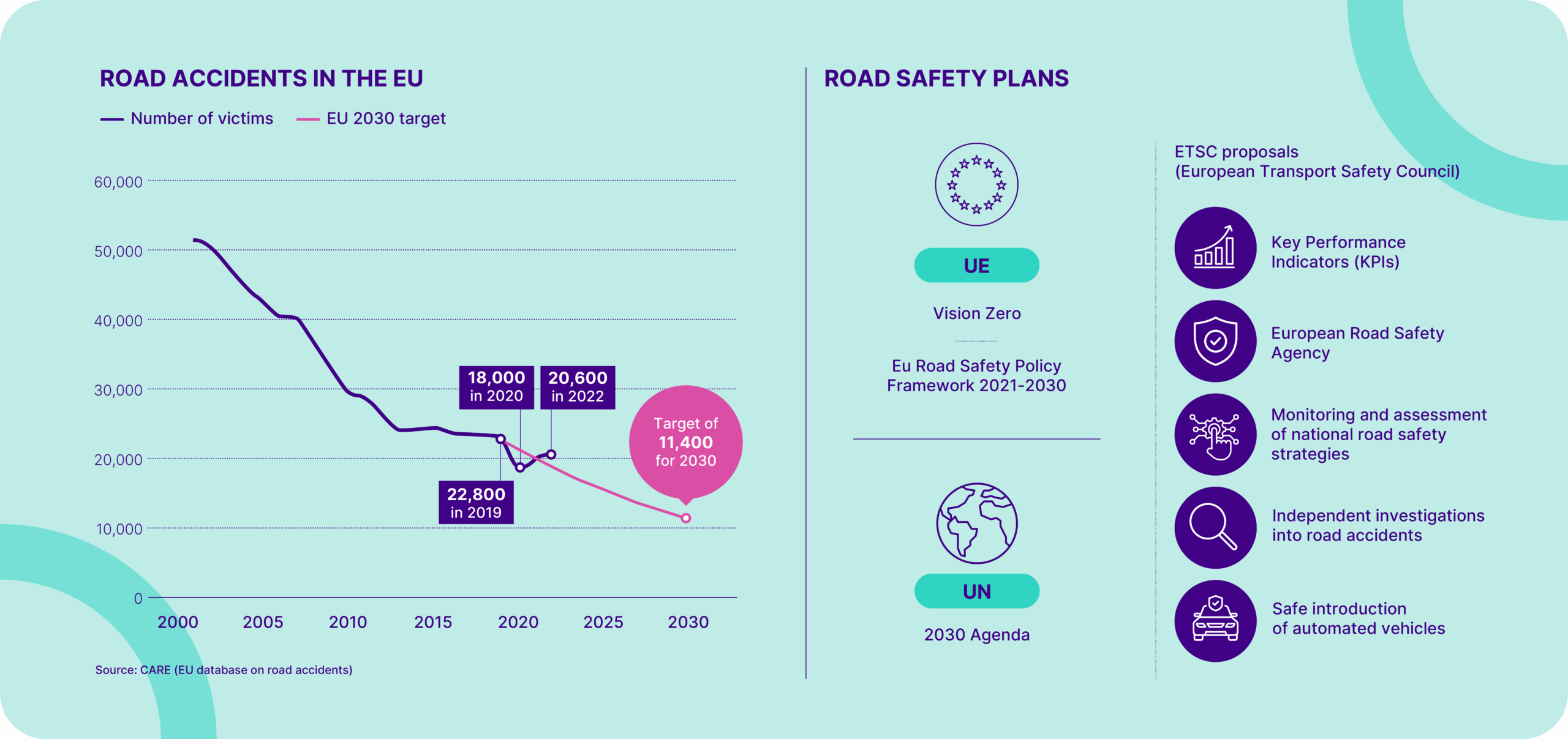
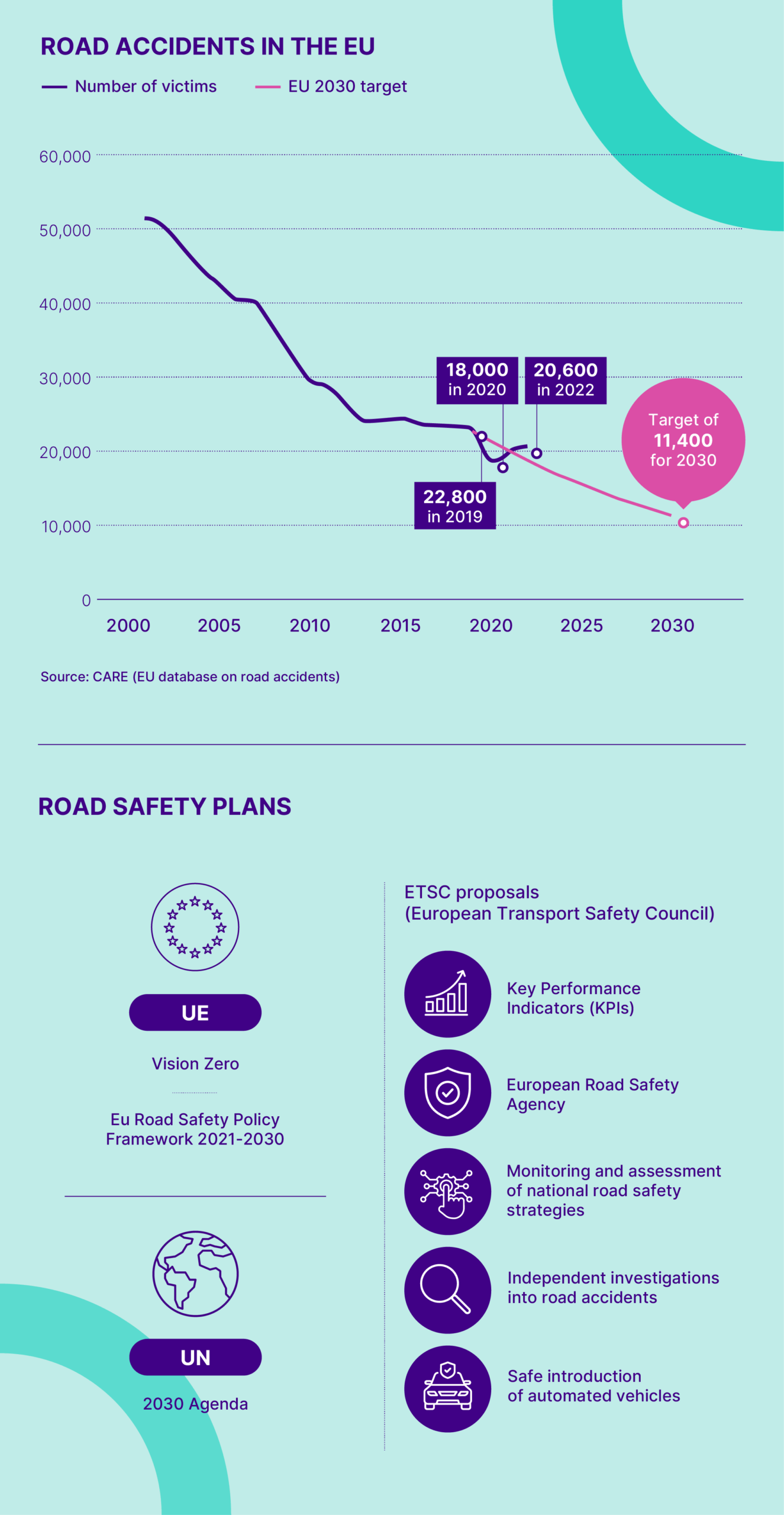
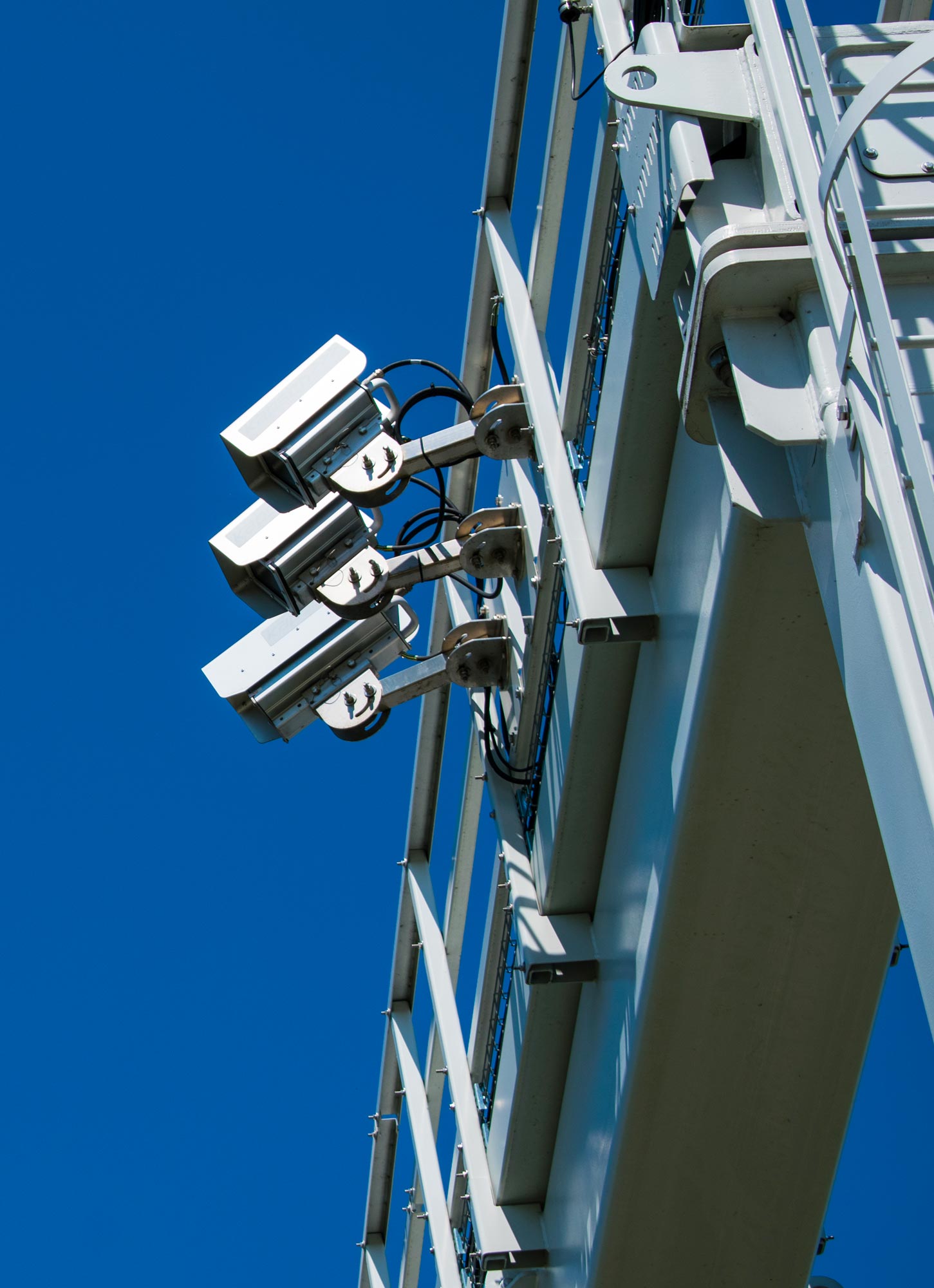
Technology is driving towards the finish line
The players in the sector – infrastructure operators first of all – are called upon to work together to face the challenge of increasingly interconnected and constantly changing mobility, and exploit the solutions made available by the most advanced technology. Data collection and processing, real-time monitoring, analysis software and encouraging trials – as well as everything related to thermal cameras and infrared technology – are in fact a preferential way of creating a safer system to protect everyone.
Moreover, we must not forget the prospects offered by the Internet of things (IoT) and artificial intelligence, which will enable increasingly proactive steps to prevent accidents. These technologies are used in high-value applications, especially in monitoring heavy vehicles and transporting dangerous goods, as well as in managing the life cycles of infrastructure such as bridges and road paving. The most recent innovations include those related to digitalization of freeway networks to support the development of autonomous driving, which promises to radically transform safety thanks to vehicle-to-everything (V2X) communication systems. The evolution of Cooperative Intelligent Transport Systems solutions means that vehicles can exchange data with road infrastructure and other vehicles in real time to inform each other of events along the route. According to experts, V2X communication could prevent over 70% of road accidents in the future.
Technological innovations are therefore a preferential way of creating safer mobility to protect everyone.
Movyon’s approach
This area benefits from the work of Movyon, which develops and integrates solutions for safe traffic, both in an urban context and in the motorway network. These include ARGO, an infrastructure monitoring and life cycle management platform based on IoT sensors and artificial intelligence algorithms; advanced systems for controlling and managing traffic on roads, on motorways and in tunnels; dangerous goods tracking and dynamic vehicle weight monitoring.
-
Overtaking detection for heavy vehicles
Additionally, it captures photos of heavy vehicles in the overtaking lane, flagging them for further inspection.
-
Tutor®
The solution automatically detects the speed of passing vehicles in two modes: average speed over a stretch and instantaneous speed. It ensures systematic enforcement of speed limits.
-
Detection of dangerous goods
The MOVYON system enhances highway safety through monitoring and tracking of vehicles transporting hazardous goods.
-
Remote Tachograph Monitoring
Systematically detects tachograph data on passing heavy vehicles, alerting to any irregularities.
-
AID Management System
The AI-powered automatic incident detection system utilizing video recognition algorithms.
-
Weigh in Motion System
A dynamic weight monitoring solution for vehicles.
-
Tunnel Management
The MOVYON system monitors and checks road travelconditions in tunnels, to ensure the safety of travellers. It manages critical events and the implementation of the required safety measures.

